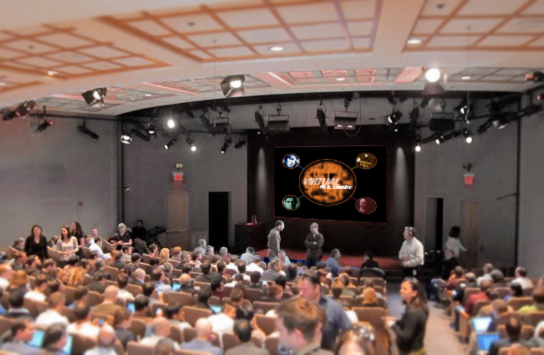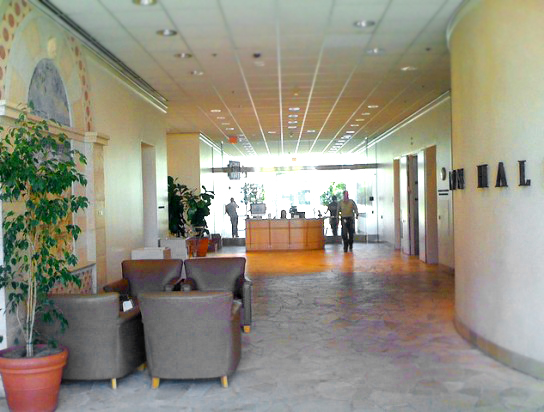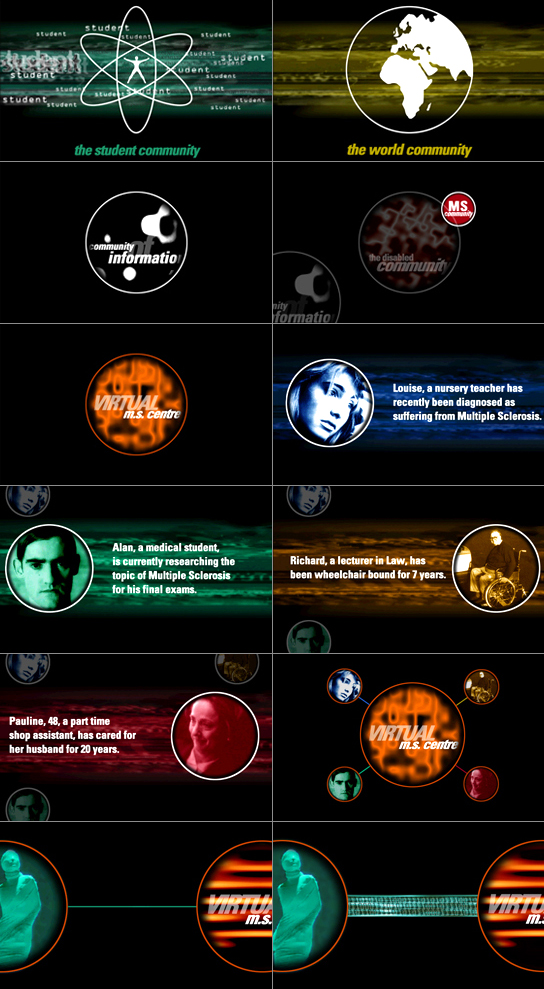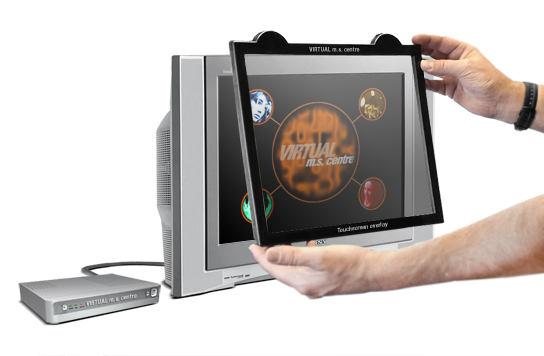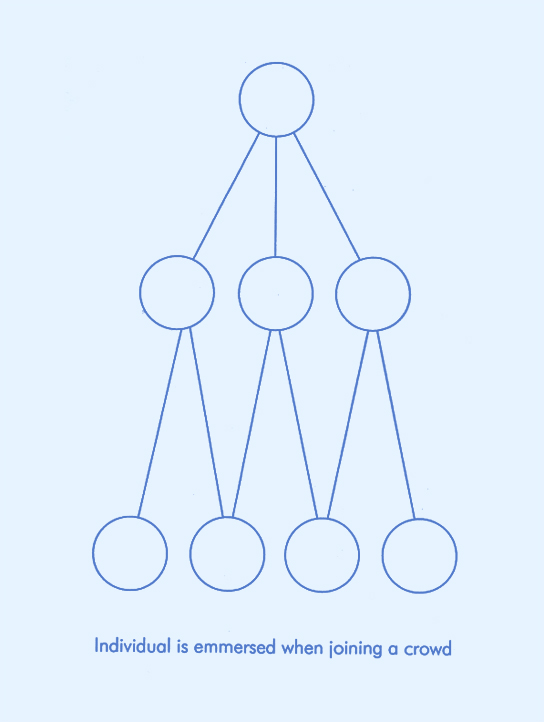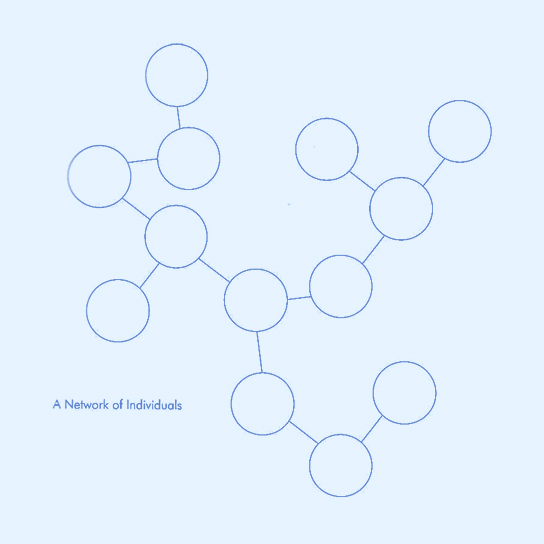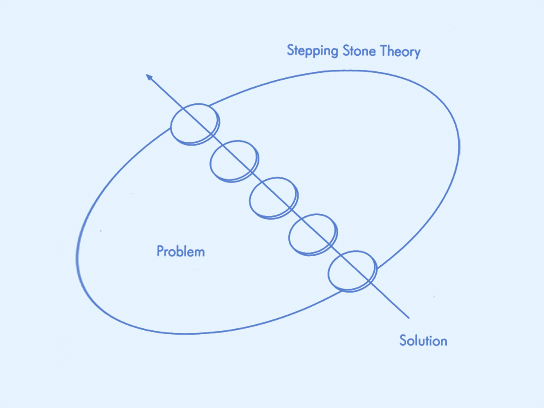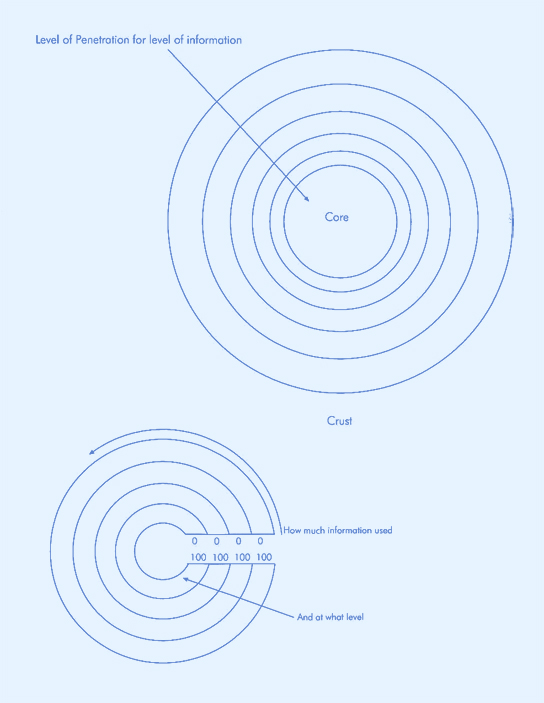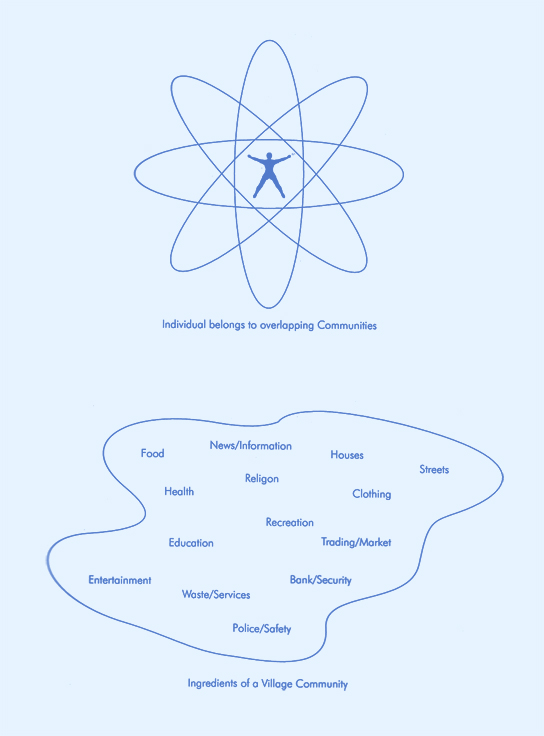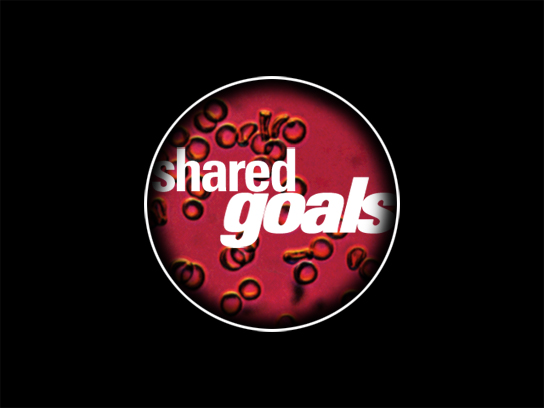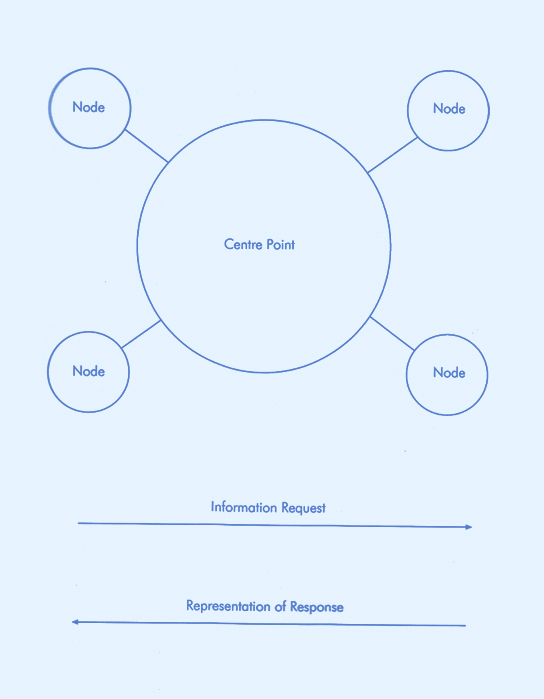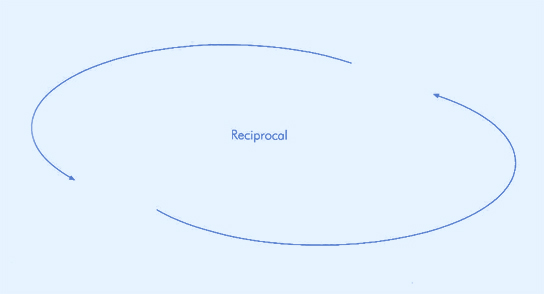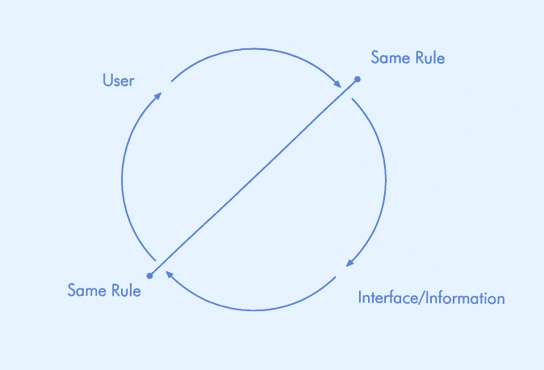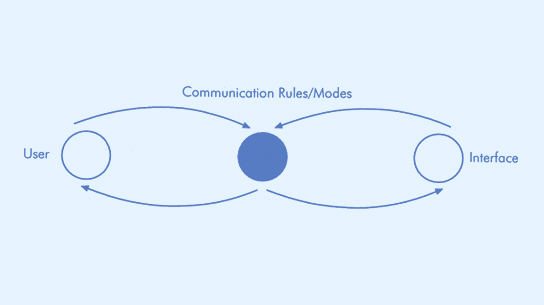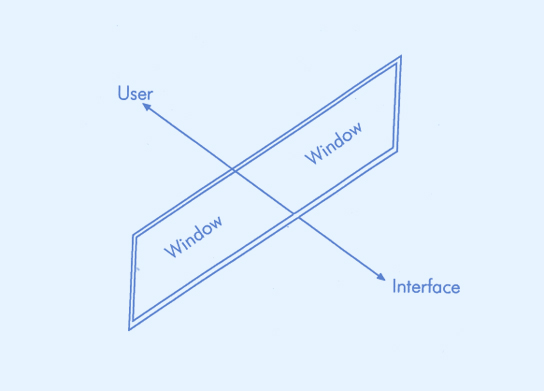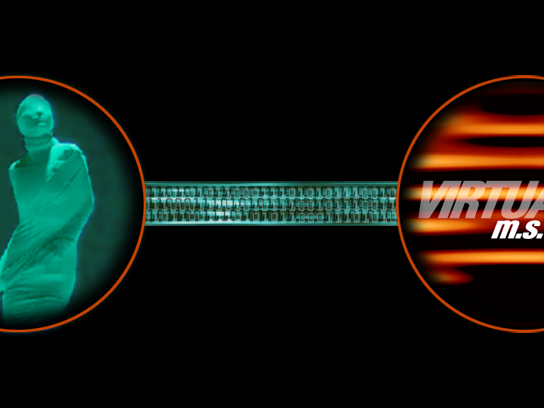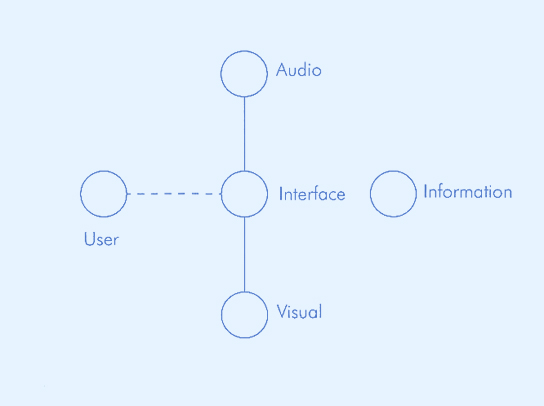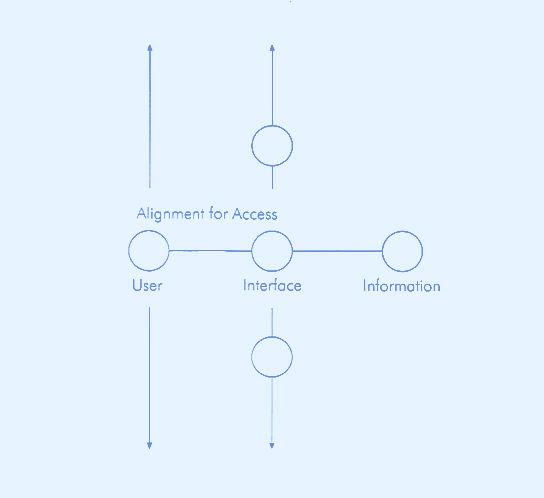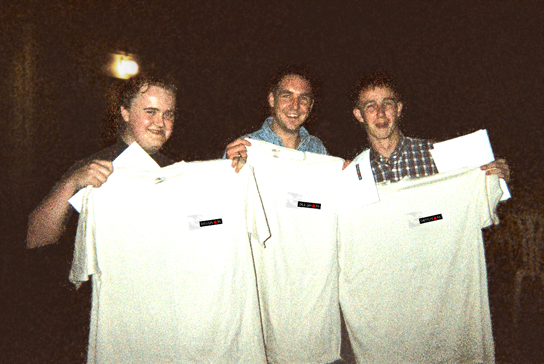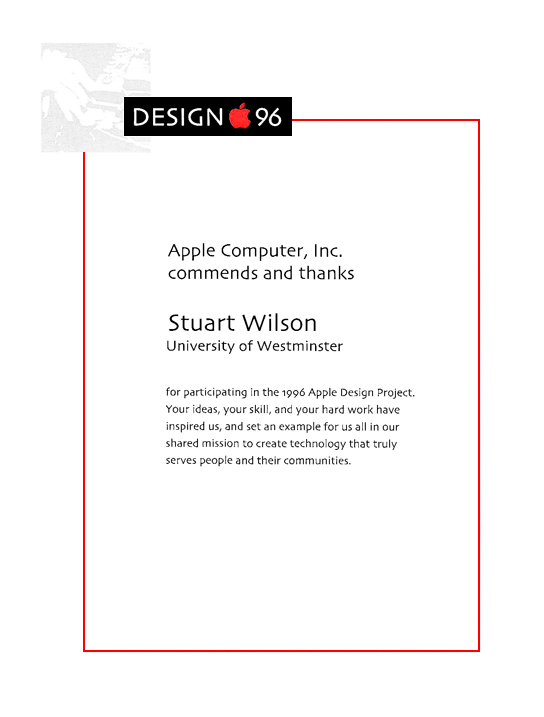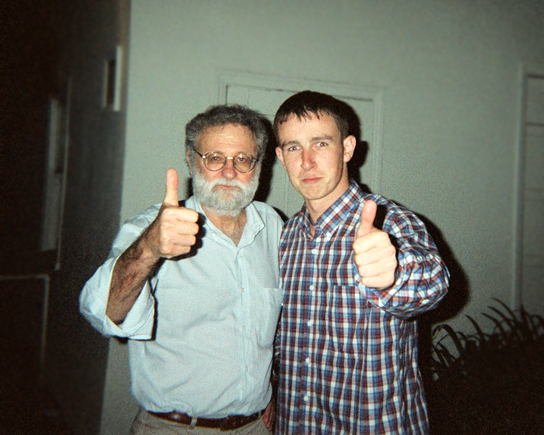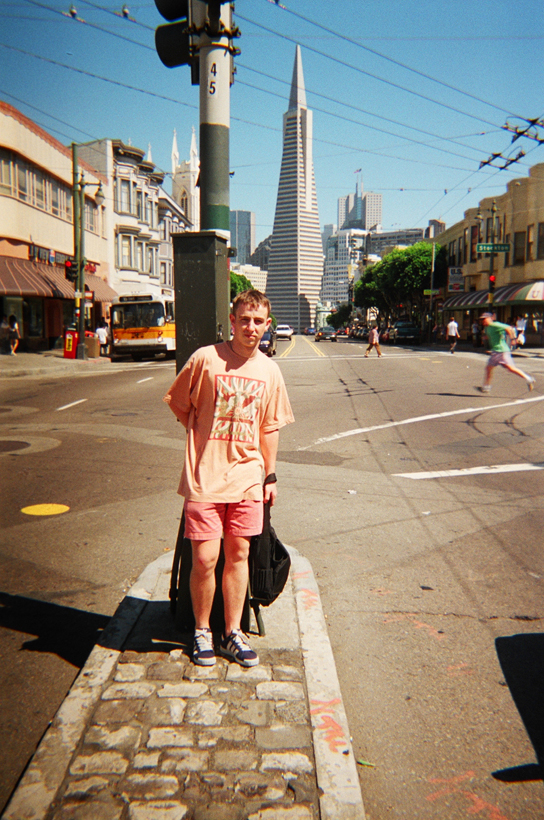
Haagen Dazs - Pleasureforher.com
Samsung uPlus microsite
Nokia Social CRM
Shell 'Let's Go' Online Campaign
adidas winning the Last Mile
Microsoft Employee Engagement
Prudential Integrated Campaign
Shell Global Recruitment Press
Pizza Hut Email Comms
Nike 'Find your Park Player'
Hand drawn concepting
Coca-Cola Email Football

9am Town Hall Auditorium.
Apple Computer, Inc.
1 Infinite Loop,
Cupertino,
California
95014-2084
University of Westminster Project Submission
Multiple Sclerosis and the Virtual Community.
A virtual community centre for the house bound physically challenged.
Student Team:
Paul Fennel, Stuart Wilson, Adam Kenny
Faculty Advisor:
Roman Buj
Apple Liason:
Sally Grisedale, Harry Sadler, Eileen Genevro
This project focuses on the needs of the multiple sclerosis (MS) community. From research and investigation, it was noticed that there was a desire not only to be able to communicate effectively using technology, but also the ability to communicate and create links within the MS community itself. The development of a accessible virtual community centre was proposed, created by the networking of MS individuals through the adaption of their existing televison sets, enabling a touchscreen experience. Topics such as community, the potential of virtual community, the needs of the individual and the technology required for such a service will be discussed in the form of an extended presentation which would take the audience step-by-step through relevant topics and proposals.
Apple Design Project Brief 1996
A universal characteristic of humanity is the predilection for forming communities. Traditional communities have generally been focused on a particular location, and have aided their members in obtaining such basic necessities as food, clothing and shelter. This is not to say that community is merely a mechanism for enhancing our chances of survival in an uncertain world. Much of what makes life rich - story telling, song, art, gossip, friendship, games - is intimately entwined with community.
In this age of rapid transit and mass communication we find other sorts of communities, which might be called communities of interest. In these communities - we may or may not be centred around a particular place - people come together because of shared interests, values, or goals, rather than because they are concerned about enhancing their day to day survival. Nevertheless, like traditional placed-based communities, the conviviality and social richness communities of interest exhibit goes far beyond what would seem to be needed to simply accomplish their stated ends. Community, even though it is a powerful mechanism for collective activity, it is also something of an end in itself.
In the 1996 Apple Design Project we invite you to reflect on the possibilities and problems of community, and the ways in which computational and communication technologies might support community. Our definition of community is deliberately broad: A group of people, large enough to prohibit everyone from knowing everyone else well, who share some common interests which leads them to communicate and perhaps act in concert. Over time true communities develop common traits such as histories, traditions, values, and methods for recruiting new members, establishing norms of behaviour, and other aspects of self-regulation.
How might computational and communication technology support the community? There are two avenues to explore. One direction is to focus on the question of how a placed-based community might be supported with computational technology - how might technology be integrated in to a place so as to better support the formation, maintenance, and functioning of the community within it? The other direction is to focus on the concept of virtual community, the idea that a network of interest can grow.
University of Westminster response
When we started looking at the brief from the beginning we focussed on ourselves and how we are hindered by the technologies we use to produce our work. The key word here is 'Hindered.' This led us on to the physically challenged community and then focussing on the Multiple Sclerosis Community, who, by the very nature of the disease can benefit most from technologies that could adapt to their individual requirements. Another important factor we found is not only do MS individuals have multi-symptoms physically but they can also be faced with multi-problems financially.
Introduction
Multiple Sclerosis is a disabling disease of previously healthy young adults. It is an organic disease of the central nervous system. No effective treatment for MS has been discovered (i.e. no cure). Onset of the disease commonly begins around the age of 17 and reaches a peak in the early 30's. The average duration of life after onset of symptoms is 25 years, however severe forms result in only 5 years. This is the remarkable fact about MS. It has astonishing variability in its course and severity. There is great variation in the speed of progression and eventual outcome. It can be inherited and women are more frequently affected than men by a ratio of 3:2. Symptoms range from clumsiness, dizziness, blurred vision, temporary numbness, pins & needles and even weakness of limbs.
Background
MS sufferers' ability to create or maintain physical communities can be restricted or hampered by the physical limitations of the disability. The very nature of the individual can restrict the potential for real community to develop. At present, their social interaction can be limited by available resources, be it friends, family, council services i.e. home help or care groups so the means for individual communication can depend heavily on the use of the telephone. New technology could potentially override the existing limitations through systems that develop or enhance modes of communication in areas such as virtual community and multi modal communication. The aims of the virtual community are to bring many individuals together to one 'virtual' point or location who have a shared set of interests and experiences.
Aims and Objectives
Our initial aims are to see how virtual can benefit real communities. Via this project we want to develop a system that allows the individual members of the MS community to meet up through the proposed technology within a virtual location. This place or service could be managed by a body, charity or installation. For example the MS Society, which could potentially provide a counselling service, a forum for debate or for communication between the individual members of the MS community who can be located randomly around the United Kingdom. The service becomes a 'Virtual Community Centre' that members of the MS community can access and share experiences with other individuals. In theory the service could fulfil their inability to create or maintain a real physical community. The system would bring a virtual community to the individual. The very nature of this virtual community would allow the individual to dictate which role they wish to play within that community, either audience, scriptwriter or performer. It offers the facility for communication as one to one, one to many or many to many. For example one to one communication could be between and individual and a private counsellor. As a result of actions within the virtual community such as events and themed discussions, the possibility for 'real' events like field trips and lectures could happen. Therefore the virtual community could result in a real community being created. The service could also become an unlimited facilitator of information, as well as an aid to communication.
Issues and requirements
Some of the problems M.S. individuals have can be the adaption of a car or their home involving rails, bath lifts or ramps. Sometimes they may even have to relocate themselves. Ideally a way of utilizing existing communication technologies they already own, such as a telephone or television would benefit them alot more than spending [x] amount of time and money on a new product that they have to learn and understand how to use. We met with the MS Society in London. Through literally cold calling we came across an interesting point that illustrates what an MS community is all about. We dealt with David Pearse, IT Manager at the MS Society over email and the telephone for 3 weeks before meeting him in person. When we did he turned out to be a wheelchair bound MS individual. Aside from the fact that we didn't need to know he was wheelchair bound, the technology had masked that point from us.
Adaptive communication technology
After meeting David Pearse we realised a facilitator was paramount. What is needed is technology that lets humans take part fully within any community in whichever way they choose. Another message we got through the research was that often a person who has just been diagnosed is almost left to their own devices by their Doctor. They then start, as we did by going to a library or looking for a phone number in The Yellow Pages. A widely known virtual MS community gives people a destination. Other MS individuals have mentioned safety and security in the fact that they would only tell anyone how they were really feeling when they were inside a therapy centre or amongst people they could 'trust.' Which happens to be a fundamental requirement for communities to form. So affordable touch screen technology added to a television could counteract the deteriorating effects of the disease upon basic means of communication: This might lead to the development virtual private networks that cater for the MS individual and their needs.
Project Planning
Via research we hope to explore the aspects of the disease with a view of developing a technological system that will cater for the varying stages of MS. This will incorporate research and study of the modes of human communication i.e. sound, vision and gesture within a computer environment or space. Also how and if the technology could counteract the deteriorating effects of the disease upon basic means of communication: This might lead to the development of technology catered for the individual and their needs.
